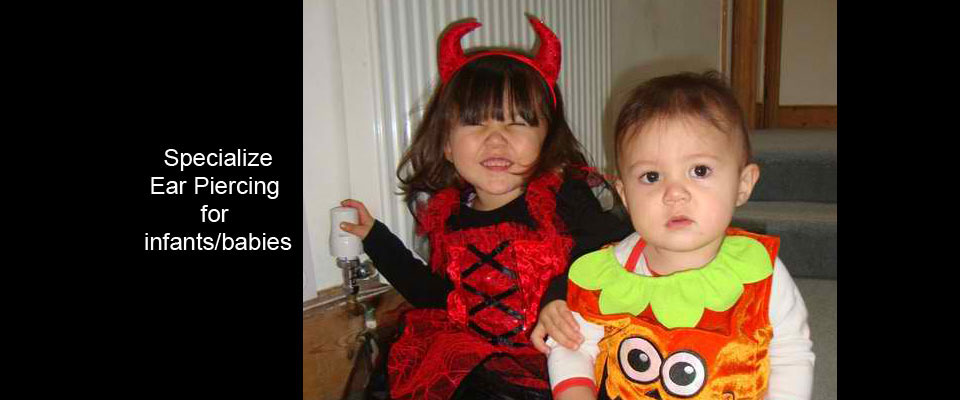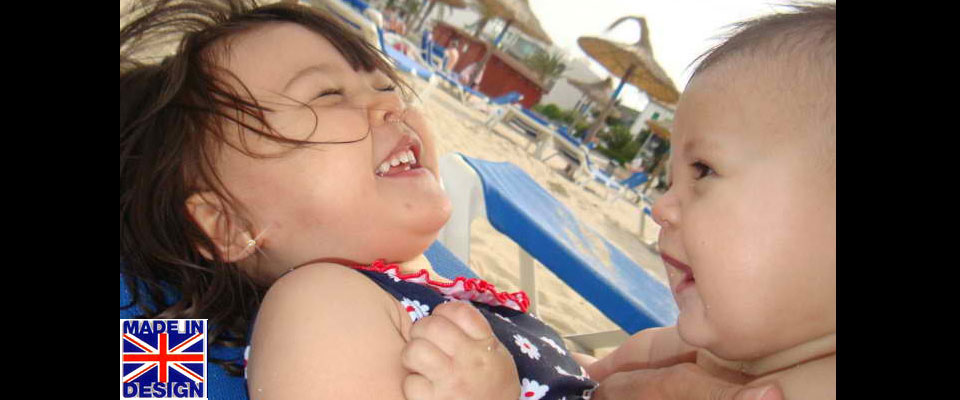EAR PIERCING AFTERCARE PROCEDURE
Wash hands thoroughly before touching studs or ear.
Cleanse front and back of the ear 2 times a day without removing studs. Then rotate studs 2 or 3 times, 90º left and 90º right, i.e. a quarter turn only, thus avoiding hair wrapping around the post at the back of the lobe. In between cleansing, the ear should be kept DRY.
Keep hair spray, soap, shampoo and other preparations away from the ear. After shampooing, the ear should be rinsed with clear water .
The piercing area should always be CLEANSED and then kept DRY, especially after bathing, swimming or exercise. Last apply our anti-bac solution for max protection
DO NOT
Remove studs or handle your ears and/or studs unnecessarily.
Push the butterfly along the post towards the ear - the butterfly must always be positioned of the tip of the post. Feel the position each time you clean the ear – it must feel smooth. This ensures that the earring remains LOOSE during the healing period. This is essential as too tight may lead to inflammation.
DO
Leave studs in the ears for 6 weeks continuously (12 weeks for cartilage).
After 6 weeks (12 weeks for cartilage), the stud can be removed and other post-type earrings may be worn continuously.
Use only post-style earrings continuously for the first 6 months from piercing.
The post should be surgical stainless steel or other hypo-allergenic material.
Minor pain/redness may occur immediately - this is normal, this will settle within 48 hours provided proper after-care is carried out. If undue pain/swelling/redness occurs at any time, seek our advice before removing the ear-piercing stud.
EAR CARTILAGE:
Due to the nature of ear cartilage, extra care should be observed during the healing period.
Minor pain/redness may occur immediately - this is normal. This will settle within 48 hours provided proper after-care is carried out. If undue pain/swelling/redness occurs at any time, seek advice immediately.
Do not remove studs before the relevant advice.
Failure to properly follow after-care procedures or to seek immediate medical advice, should a problem occur, may result in permanent damage to the ear cartilage.
To prevent piercings from closing
Do not take studs out for at least 4 – 6 weeks (12 weeks for cartilage). If infection or irritation occurs
Should excessive redness, irritability, itching or soreness occur consult us immediately. Do not remove the studs until you have consulted us or your doctor.
General points
After 4 – 6 weeks the stud can be removed from the ear lobe (12 weeks for cartilage) and another post type earring should be worn. The post should be Titanium or Stainless Steel and this type should be worn for at least another 2 months following the healing period. No wire type earrings should be worn during this period. The wearing of heavy earring at any time may cause the piercing hole to stretch leaving a slit effect to the piercings.
During the first year of piercing the client should avoid going longer than 24 hours without wearing earrings. This will ensure that the piercings will not close.
** If in doubt or need our help contact our Piercer
Disclaimer : These guide are based on our experience, research and practice and not a substitute for advice from a doctor. If you suspect is an infection, consult our piercer first for advise or our piercer may be able to refer you to a friendly medical professional




